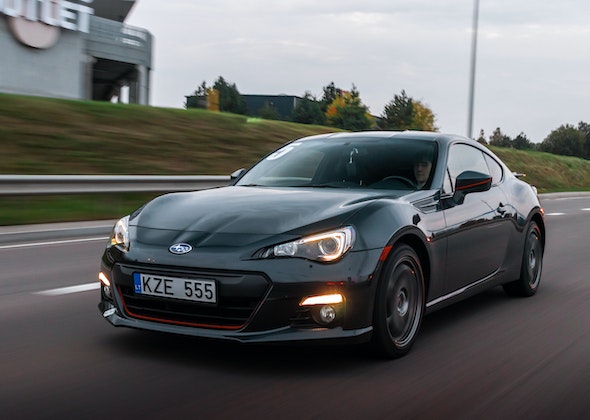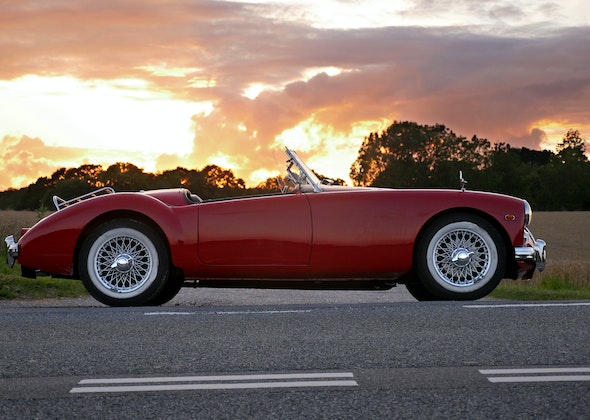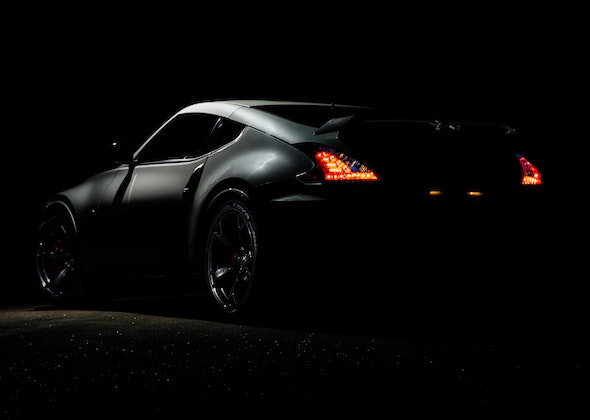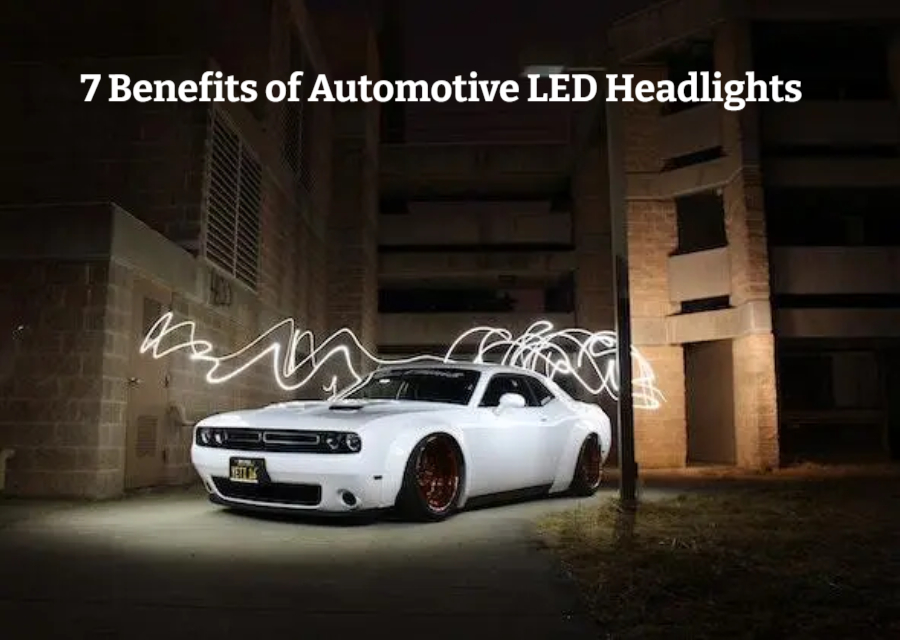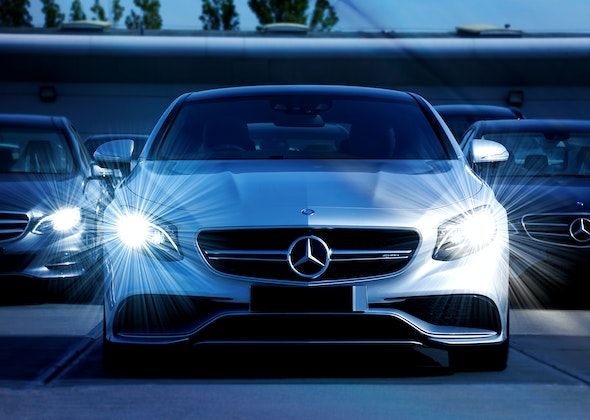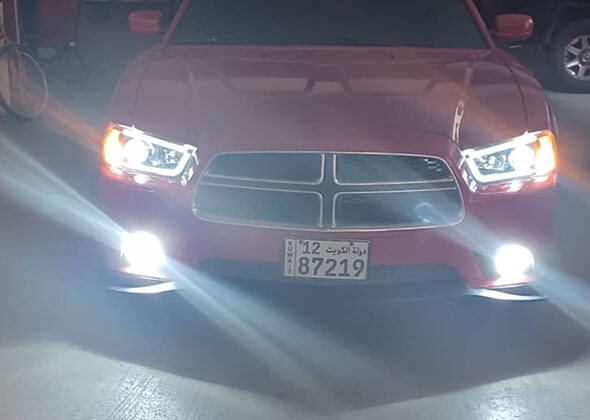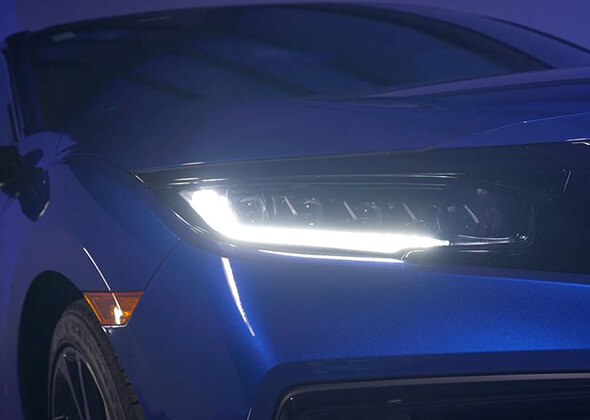
You've likely heard a lot of talk about CAN Bus for LED headlights and Non-CAN Bus lights if you're a car or truck enthusiast and always keen to learn about the newest developments in automotive lighting.
So what impact do CAN Bus LED headlights have on your car’s lighting? Let’s find out in this blog.
LED lights manufactured exclusively for CAN Bus-equipped automobiles are known as CAN Bus LEDs. These bulbs are integrated with the sophisticated computer system in your car, so when the computer reads them, they respond appropriately. What exactly is a CAN Bus? Controller Area Network Bus stands for CAN Bus for LED headlights.
Modern automobiles have sophisticated electronic systems aboard that manage and keep an eye on the headlights. You risk having a problem with the lighting computer of your car if you swap out the stock incandescent bulbs in your headlights or fog lights. The headlight circuit used to be straightforward on/off 12v switch, but that is no longer the case.
Some automobiles contain a separate computer that is designed to manage the various lighting features like CAN Bus LED headlights. They are pre-programmed to understand how a typical light bulb works. This sophisticated computer immediately enters a diagnostic mode or continues to operate while throwing an error when it "sees" something that doesn't correspond to its code.
This might occur because the new CAN Bus LEDs headlamp conversion kits "read" your vehicle's computer differently than the original bulbs. If you experience these signs, you might want to try a warning canceller module. It is a direct plug-and-play connection between your CAN Bus for LED headlights conversion kit wiring. The OEM car wiring needs no additional modification.
When will a decoder be necessary? You might require a decoder if you install LED headlights in your car and experience any of the issues listed below.
We've discovered that the majority of CAN Bus adaptors are required by Volkswagen, Ford, Jeep/Chrysler, Mercedes, and automobiles that use pulse width modulation (PWM).
How can you solve errors between CAN Bus and LEDs?
Some CAN Bus LED headlight systems check the current in-rush of the light bulb they are operating, and if they detect more or less current than the original bulb, they display an error message.
The ideal choice, in this case, would be a CAN Bus decoder, which employs capacitance to balance out the new bulb's power requirements and aids the system's adaptation to the aftermarket CAN Bus for LED headlights.
Halogen lamps can use pulse width modulation, or PWM, technology to operate more efficiently and with less heat generation. However, LED headlights require a steady current, not the occasional pulses provided by this type of power supply system. If LED headlights are present in a car with PWM settings, the outcome will be flashing lights or lights that go out after a while. In this case, a PWM module is necessary. Because of the enormous capacitance of the module, a continuous current will be supplied from the CAN Bus for LED headlights to the car’s lights, eliminating the pulse. Now we can say that your headlights are working perfectly to be CAN Bus LEDs.
If you utilize aftermarket HID or LED headlight bulbs, this might pose serious problems. The reason is that many vehicles operate their headlights at a reduced voltage to serve as daytime running lights. The DRL is intended as a daytime driving safety feature. It increases your car's visibility to other drivers. A DRL is a light that operates occasionally with your headlight bulbs and is weaker than your regular headlights.
CAN Bus achieves this by using various techniques to dim the original halogen bulbs.
There can be three possible solutions to this problem
The CAN Bus LED headlights system will identify if your car's lighting isn't delivering the wattage your car needs, interpret that as a failure, and send you an error message. The CAN Bus LEDs' range of interpretation is constrained, which is unfortunate given its usual use. The issue is that it only considers a bulb's wattage when evaluating its usefulness.
For instance, an LED headlight bulb may operate at anything between 14 and 25W. Which is much less power than the CAN Bus anticipates for a standard halogen headlight bulb with a wattage of about 35W. Of course, the CANbus is unaware of this. So it perceives a low-wattage LED bulb as a conventional halogen with insufficient wattage and generates an error notice. It is also true for smaller LED fixtures.
Ironically, the message that many drivers mistakenly interpret as a sign of a malfunctioning LED bulb is a sign that the sophisticated, energy-saving LED technology is operating as planned.
Final words
Are you looking for a CANBus-ready LED headlight? Get a quote now.
